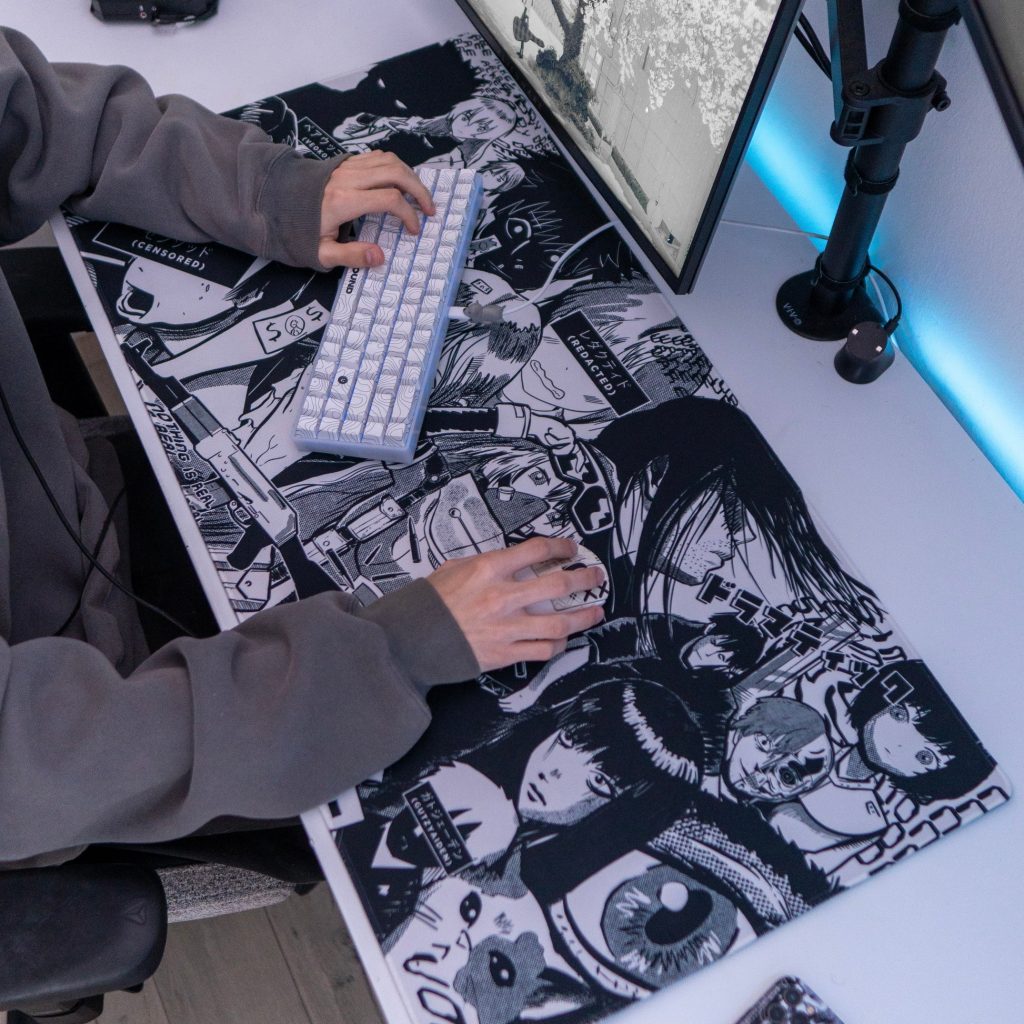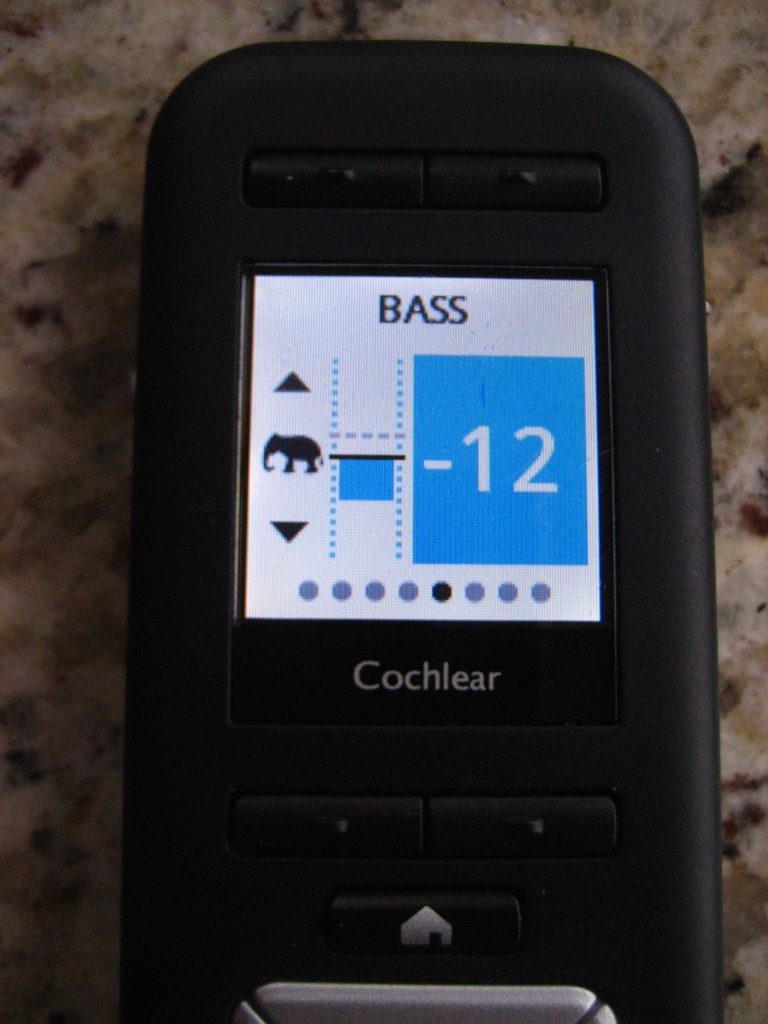Abstract
This article examines how various mouse pad materials influence gaming performance. By comparing hard and soft surfaces—each with distinct impacts on speed, precision, ergonomics, and even accessibility—the article provides gamers with an informed guide for optimizing their gameplay. In addition, we discuss adaptive solutions and inclusive design features that benefit gamers with disabilities, drawing on current research and industry perspectives.
Introduction
In the realm of PC gaming, keyboards and monitors often capture the limelight, yet the humble mouse pad remains a crucial component influencing sensor performance and user comfort. As an expert in high-performance gaming peripherals, I have learned that a well-chosen mouse pad can significantly affect speed, accuracy, and even ergonomic wellbeing. This review examines the interplay of materials used in gaming mouse pads and considers how adaptive solutions can meet the unique needs of gamers with disabilities.
1. The Unheralded Role of the Mouse Pad
Despite its understated presence, the mouse pad is a critical interface between the player and the device. By reducing friction inconsistencies and enhancing tracking accuracy, a well-selected pad not only improves gameplay but also minimizes hand fatigue during prolonged sessions. Even subtle design differences can mean the difference between a competitive edge and missed opportunities on screen.
2. Material Characteristics: Hard vs. Soft Surfaces
2.1. Hard Surface Mouse Pads — Engineered for Speed
Mouse pads fabricated from rigid materials—such as plastic, stainless steel, wood, aluminium, and notably tempered glass—are designed to minimize resistance and maximize glide. These surfaces facilitate rapid, expansive movements essential in fast-paced gaming scenarios, like quick dodges or rapid directional shifts. Tempered glass, in particular, is often polished to extreme precision (down to 2 micrometers) and is preferred by elite competitors for its nearly frictionless properties.
However, the low friction that promotes swift movement can sometimes hinder the ability to decelerate abruptly, leading to minor sacrifices in precision. Extended use on such surfaces may also increase the risk of wrist fatigue unless the ergonomics are carefully managed. Premium products—such as the Razer Atlas glass pad, SkyPad Glass 3.0, and the Corsair MM600—have been engineered to harness these fast surfaces while addressing some of their inherent limitations.
2.2. Soft Surface Mouse Pads — Designed for Precision
In contrast, soft mouse pads are typically made from materials like neoprene, rubber, or woven textiles, often paired with a foam or plastic base. These surfaces offer slightly higher friction, resulting in a slower glide that permits more controlled movements and precise halts. This quality is invaluable in scenarios that demand pinpoint accuracy. Recent innovations, such as the Artisan Raiden series from Japan, demonstrate how specialized fabric finishes can enhance speed even in softer materials.
The primary trade-offs with soft pads include reduced long-term durability and the tendency for discoloration or deformation with extensive use. Importantly, modern gaming mice with adjustable DPI settings can compensate for slower surfaces, ensuring that the user can fine-tune both speed and control according to personal preference.
3. Sensor Technology and Surface Interaction
Current studies in human-computer interaction underscore that the effectiveness of a gaming mouse is closely linked to the surface it operates on. Optical and laser sensors interact differently with textures: a smooth hard surface might facilitate faster cursor movements but limit abrupt stops, while a soft, high-friction surface enables finer control and rapid halting. Adjustments in DPI and sensor polling rates can mitigate these differences, ensuring that both surfaces can be optimized for peak performance.
4. Balancing Performance with Personal Preference
Ultimately, the ideal mouse pad is a personal choice, dictated by one’s gaming style and ergonomic needs. Gamers seeking rapid, expansive movements may prefer the slick responsiveness of hard surfaces, while others might prioritize the controlled precision offered by soft pads. A recommended approach is to begin with cost-effective soft pads—in order to experiment and gauge personal comfort—before progressing to higher-end, specialized options.
5. Enhancing Accessibility: Adaptive Gaming Solutions for People with Disabilities
Inclusive gaming is not simply a minimalist add-on; it is central to ensuring that everyone, regardless of physical ability, can enjoy the benefits of interactive entertainment. Gamers with disabilities, including those with limited fine motor control or reduced wrist mobility, often require customized peripheral designs that reduce strain and facilitate precise control.
5.1. Accessible Peripheral Design and Mouse Pads
Modern adaptive gaming solutions are increasingly addressing the specific needs of users with disabilities. For instance, ergonomic mouse pads may incorporate additional wrist support or textured surfaces that provide enhanced tactile feedback. Such design features enable gamers with disabilities to maintain better control and reduce the risk of repetitive strain injuries. Companies like Microsoft now offer adaptive accessories, including customized mice and attachments that can reconfigure traditional mouse pad interfaces3. Though not all adaptive equipment specifically addresses mouse pads, the overall trend in gaming peripherals is toward increased customizability and ergonomic design.
5.2. Broader Implications for Inclusive Gaming
The growth in adaptive gaming hardware—from the Xbox Adaptive Controller to customized keyboards and mice—underscores the importance of accessible design. Organizations like AbleGamers champion adaptive equipment that transforms how gamers with disabilities experience video games, fostering independence, community integration, and psychological wellbeing4. When selecting a mouse pad, gamers with disabilities should consider models that offer a balanced tactile response, adjustable friction, and ergonomic support to complement their adaptive peripherals.
6. Future Directions and Emerging Innovations
Looking ahead, the evolution of mouse pad technology is likely to embrace adaptive surfaces capable of dynamically adjusting friction and ergonomics based on real-time gameplay and user feedback. Innovations in nanotechnology and flexible electronics may soon render mouse pads that can customize resistance properties and integrated tactile cues—benefitting all gamers, including those with disabilities. Such advancements promise to merge aesthetic design with optimized functionality across diverse user needs, bolstering both competitive performance and everyday comfort.
Conclusion
Far from being a mere accessory, the gaming mouse pad plays a pivotal role in sensor performance, ergonomic comfort, and, crucially, accessibility. Whether you favor the quick glide of a tempered-glass surface or the controlled precision of a fabric-based pad, understanding the science behind these materials can elevate your performance and protect your wellbeing. Gamers with disabilities, in particular, can benefit from adaptive design features that cater to specific ergonomic requirements, ensuring everyone can participate fully in this exciting digital realm.
For more information, please contact AbleGamers.









